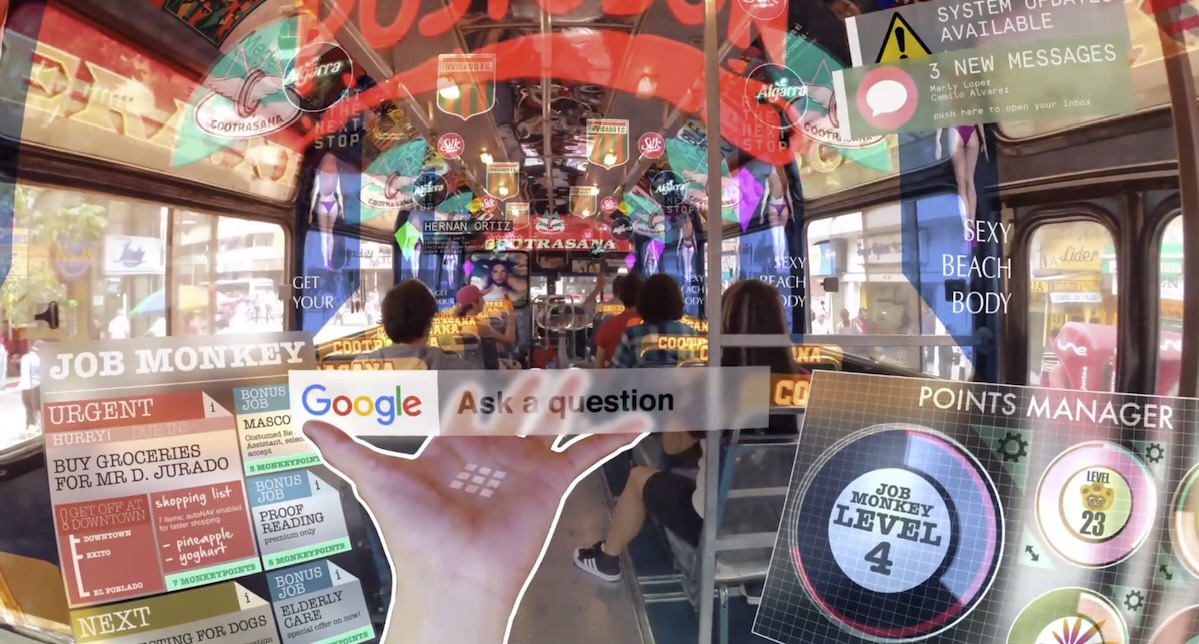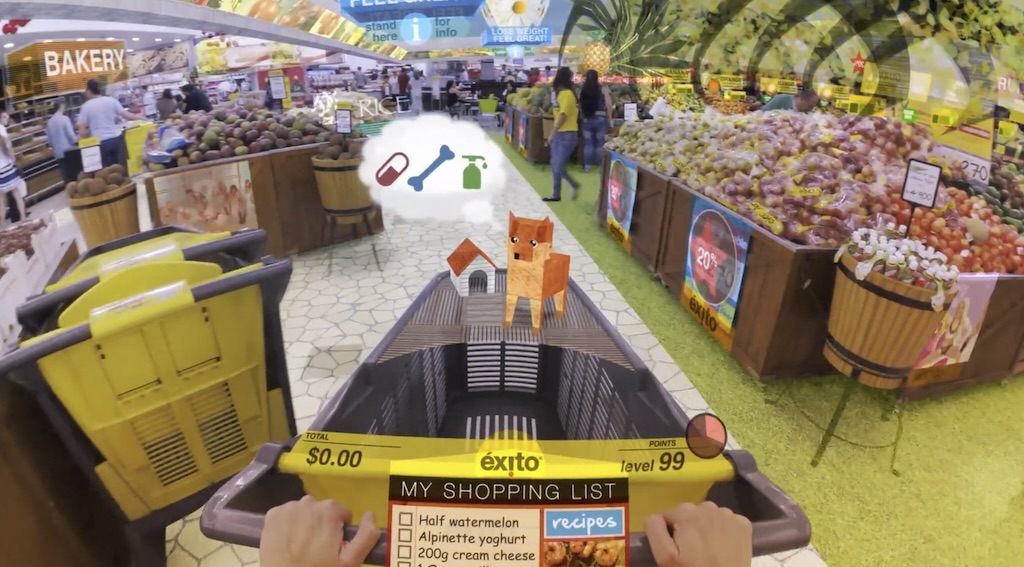Insights From The Blog
Ways AR Can Change the World in the Next 5 Years
Back in 1965, Intel’s co-founder, Gordon Moore, predicted that chip improvements would double processor speeds and that overall processing performance would double every two years, bringing associated performance increases. Most technology pundits agree that this isn’t now the case and with current technology, it simply isn’t possible, but that doesn’t mean that we are in a technology cul-de-sac.
The development of graphics cards to compliment processors and RAM increases together with hardware hand-shake speeds makes today’s systems the best that they can be, and they are pretty impressive. The next step is going to be the development of quantum computing, which is likely to blow current systems right out of the water. The technology exists, it just needs to be productionised.
But even without Moore’s Law being followed current technology is giving us computing power beyond our dreams and that is driving some pretty impressive stuff. So, with a huge shift in computing power possible in the next five years, how is all that going to affect areas like AR and VR?

With big companies such as Microsoft, Google, Facebook, and Apple investing in Virtual and Augmented technologies, we can be pretty sure that this fairly new area of computing is going to become big. It’s not just the fact that they are centric to some great gaming and enhanced experiences either; both VR and AR are going to transform how we work as well as how we play. In the next five years, we can certainly look forward to both hardware and apps that can bring the workplace to use, regardless of what that work is and where it is based.
The applications for high-technology creative fields such as engineering, design and medicine are obvious, but as the cost of headsets drops – as they will – then it becomes easy to incorporate them into day-to-day activities such as manufacturing too. We can do away with assembly schematics and replace them with detailed 3D models that show the parts required and the order of assembly so that building even complex constructions can never go wrong.
But the work angle isn’t just about being able to operate remotely, and will allow people access to almost any information that they need to do their job, quickly and right in front of their eyes. Managers can have access to performance data in multi-user environments such as call-centers and can quickly address any issues. In fact, call centers can become redundant as they are replaced with virtual meetings between a customer and specialist to help with set-ups or to resolve technical issues. User manuals become replaced by virtual interaction from anywhere in the world.
From a consumer point of view, AR and VR offer the potential for “try before you buy” and virtual changing rooms see how a new purchase may look before you actually spend money on it. This makes sense for both the retailer and the consumer. It is estimated that retail returns make up about 8 percent of total sales, but for e-commerce merchants, return rates can be as high as 15 to 30 percent, depending on the product type. To be able to try and be satisfied with a product before spending money on it will go a long way to cutting that huge cost.
Head-up displays (HUD’s) have been a staple part of aircraft technology for decades now, and this useful feature has started to migrate into road vehicles too. Simple units that reflect data onto windscreens are available on the high street, but are limited in their abilities. But AR units worn by the driver will be able to display far more information than just speed and car engine condition. Using this flexible system, the driver will have access to a huge range of information including weather conditions, route planning, roadwork information and emergency road closures.
Education is also set to receive a huge boost from AR/VR technology, with the ability to deliver immersive content to entire student cohorts, from anywhere and at any time. In fact, education is one of the most exciting areas where this kind of technology will have an enormous impact.
We at Unity Developers are very excited about how AR and VR are becoming entwined with our lives, so keep checking back for news and updates.
